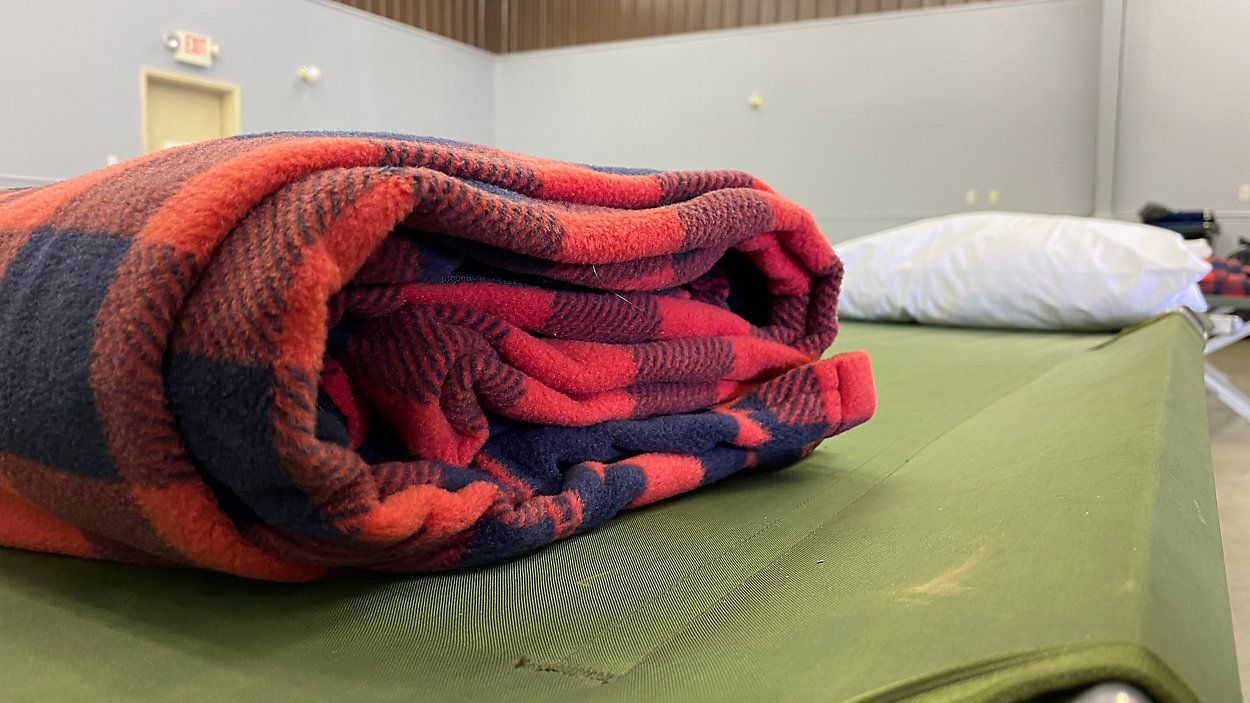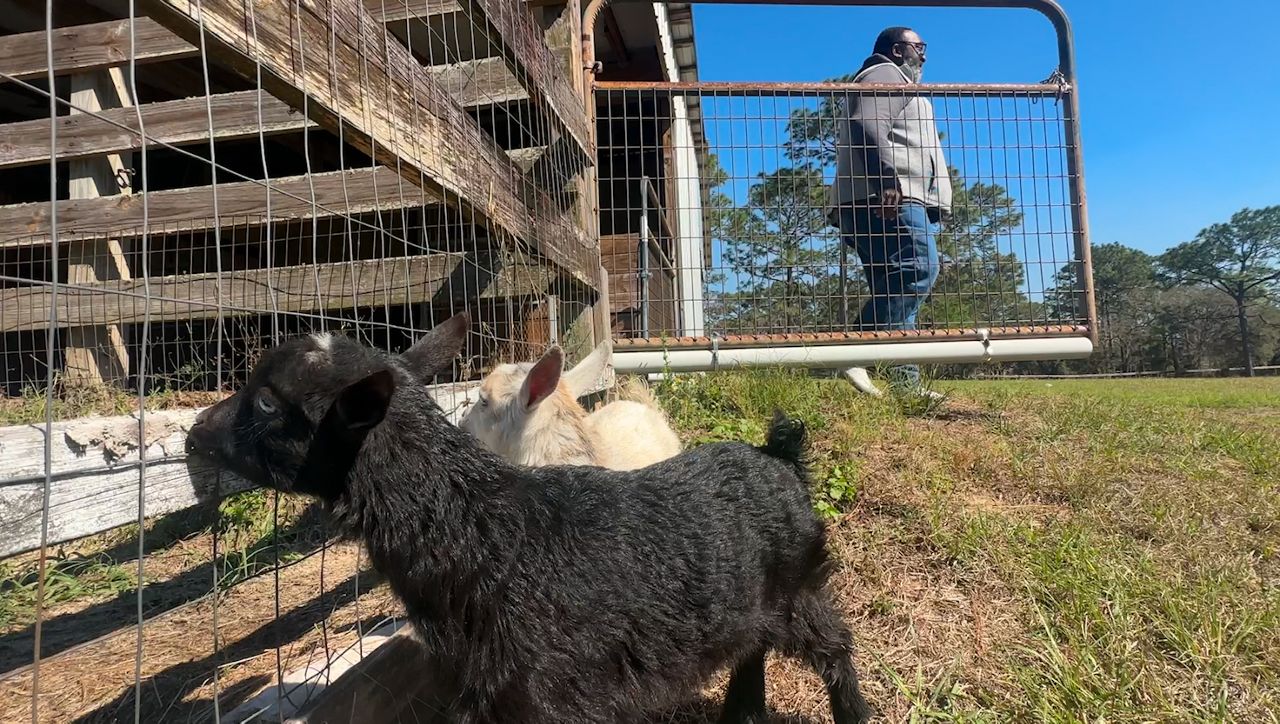HOMOSASSA, Fla. — Shipping container homes are quickly becoming a hot commodity in Citrus County, and owners say downsizing and affordability are just some of the reasons behind it.
But officials are raising concerns about the manner in which they are built. Citrus County Commissioner Jeff Kinnard spoke of his worries during a commission meeting Tuesday, saying the county should have a process in place for making sure homes are completed in a timely manner.
“For making sure that they are completed, completed in a reasonable time, and that we don’t have a hobbyist out there cutting holes in the side of a shipping container with a hacksaw on the weekends deciding that someday it might be a home for them,” Kinnard said.
There is one group in Citrus County that specializes in converting shipping containers into homes.
Resting on top of a sandy mound in Homosassa sits Darren Nichter’s latest project — a shipping container that will soon be a home.
“I think that’s what attracts people a lot to it is not only the cost savings, but also doing a little DIY project as well,” Nichter said.
Nichter is a managing partner of Citrus Container Park, specializing in turning a standard high cube shipping container into an affordable living space.
“When you get through that welding and making sure the container and the structure is strong again, it’s really built out like a normal home," he said. "We frame 2x4 walls on the inside out of wood. That’s where you run your plumbing and electric.”
Containers are outfitted with plumbing, electric and HVAC. The foundation slab work, Nichter said, is done by licensed contractors.
“To do it properly, they need to be on a foundation, they need to be secured," he said. "There are flat sides to them and in a bad storm they are going to get hit. That is the reasoning why he’s bringing it up — that they’re not just dropped on the ground, that they’re done correctly.”
It’s about a six-month process from the build until it is move-in ready, Nichter said. Architect stamped drawings are permitted through the county, ensuring proper building protocols are followed.
“There’s a lot of myths out there about what it takes to do one of these, and they just make it seem like it’s just so easy, that you can live off the grid and it should only cost $10,000 to do one of these," he said. "When that is the farthest from the truth."
It’s a unique way to live that is starting to catch on.
“I don’t think they’re going to replace traditional homes, but I think they’re going to become more prevalent," Nichter said. "Especially with some of the building costs coming down.”









